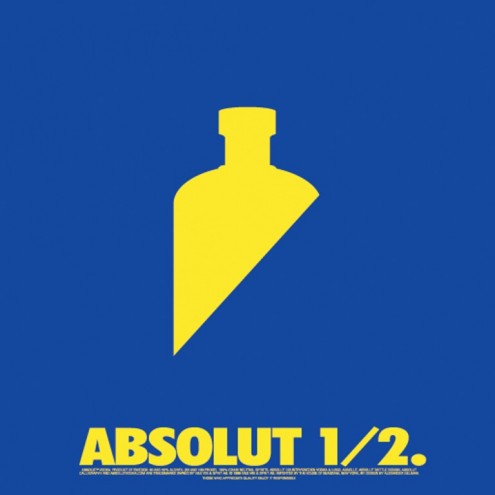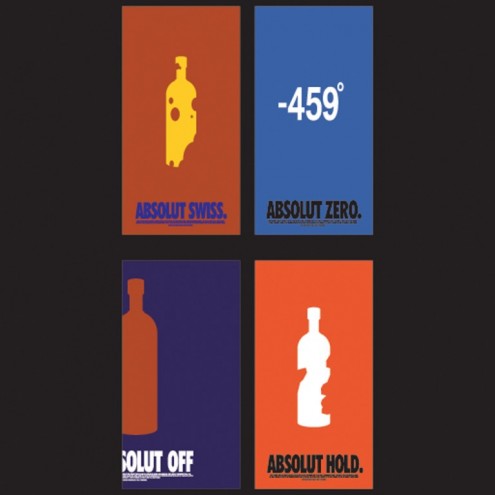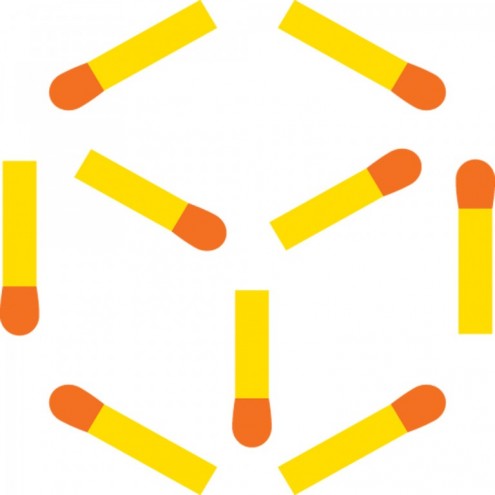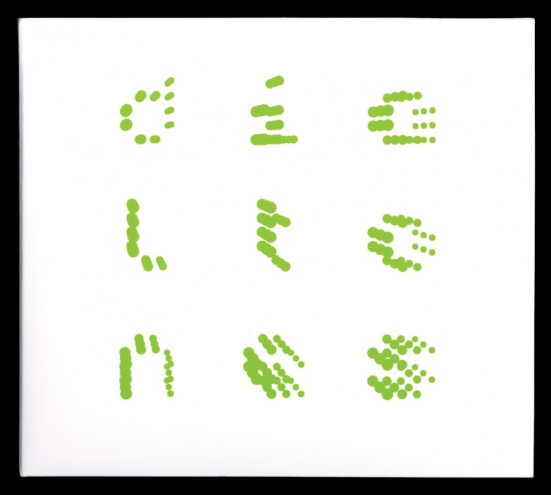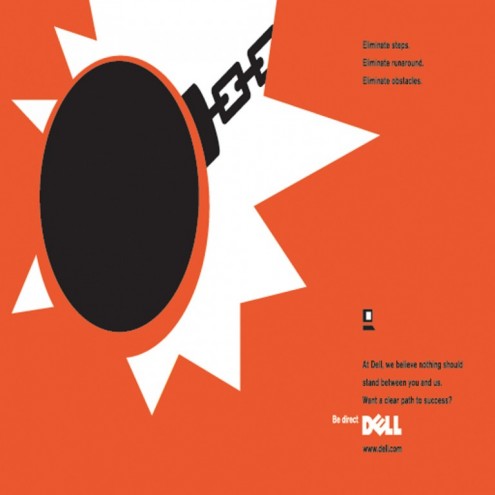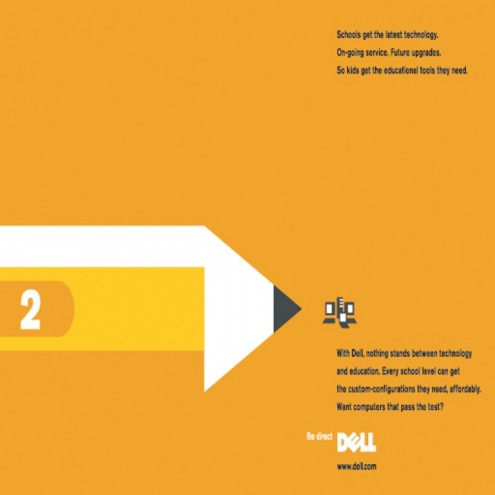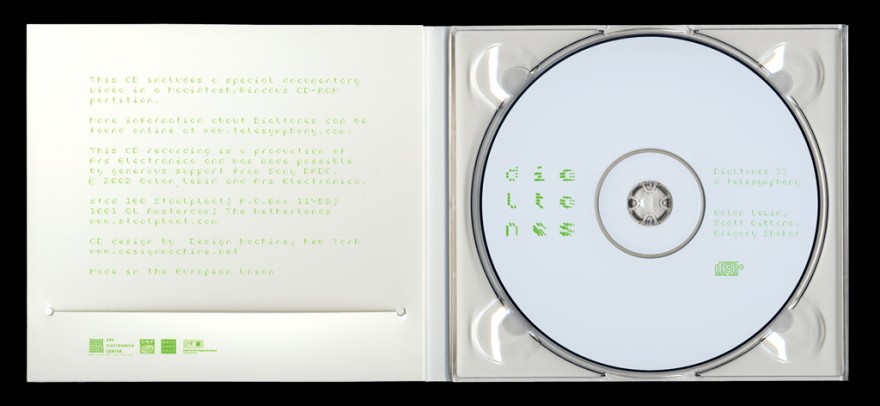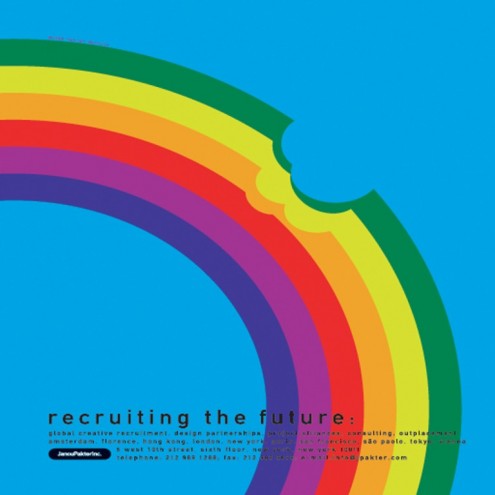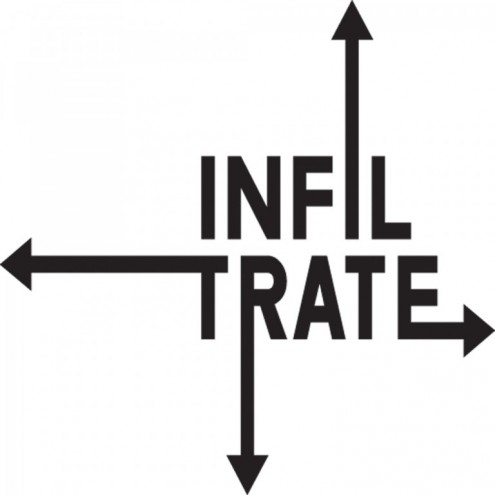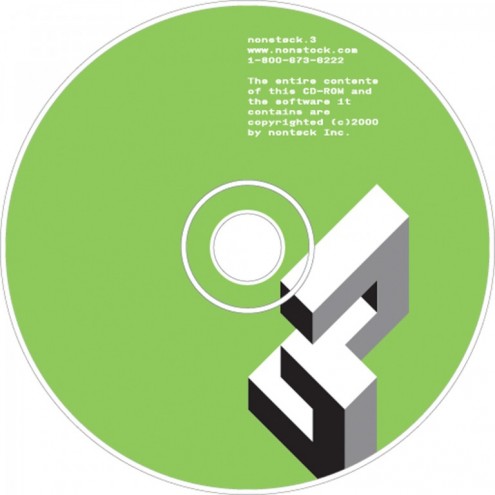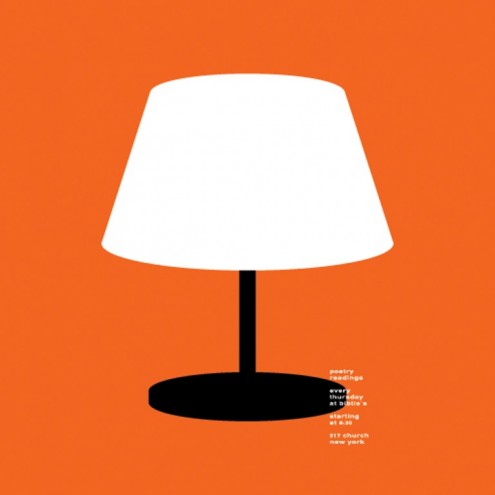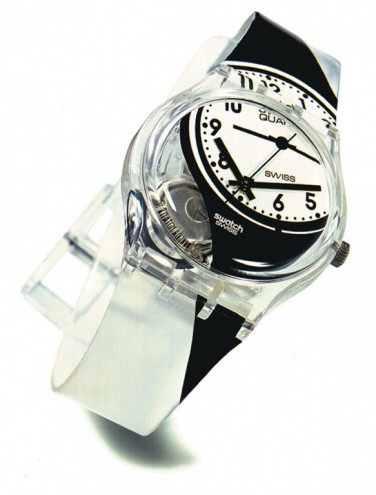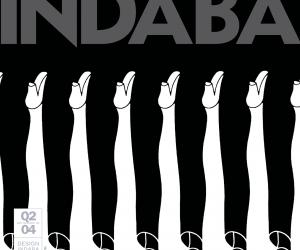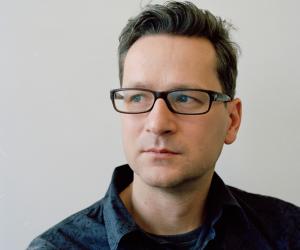First Published in
Alexander Gelman (or just "Gelman" as he prefers to be known), left Russia 12 years ago. But he doesn't want to talk about it. "Every time someone tries to interview me, I always make it a condition that they don't talk about Russia because I want to talk about what I do now," he says. "I have certain strong beliefs and philosophies related to design and other issues but every time my background comes up, it blinds people to that, it puts all the other issues aside and they just talk about how cute it is that this guy came from Moscow - it diminishes the important things."
Now based in New York, Gelman and his studio, Design Machine, are fast building a reputation for distinctive, intelligent graphic design. "There are Russian designers in the US who do a Russian kind of design but what I do is not relevant to that. I have intentionally distanced myself from that." In New York, he says, "it's very easy to lose your old identity and establish a new one. I wanted to get rid of the baggage. New York is like a black hole that attracts people from all over the place for all kinds of reasons - most of my friends are Brits, Swedes or Japanese."
Gelman has decided to document the experiences of other designers like him, who had come to New York to establish a new life and career, in a book that he is currently working on, called Infiltrate. Client work includes print ad campaigns for the likes of Dell and The Bank of New York plus a commercial for M&Ms, all delivered in his trademark, simple style. "My design is always simple," he says. "The approach I'm interested in is where you have just enough information to understand what's being talked about but there is no unnecessary information in there. If you move a bottle to the edge of the table you get this tension the nearer it gets to the edge - I'm looking for that moment where it's about to fall down; where it has its maximum potential energy."
Gelman calls the process of getting to this point, Subtraction, which he elaborated on in a book of the same name published in 2000 by Rotovision. "The creative process is always about subtraction, never addition," he explains. "In any message or issue there's something essential. Subtraction is not necessarily about removing all that's unessential - that's one of the ways - but what if you subtract the essential itself? It creates a vacuum and sometimes the essence can reveal itself by not being there. [The artist] Christo, by covering buildings, shows that when you no longer have something, you notice the existence of it.
"For me it's important to have that sense of essence," he continues. "I manipulate the essence through subtraction. I'm not doing anything new - this isn't a new ism - it's more a way to look at things from a relevant perspective instead of just discussing style."
Gelman says that his ideas were, in part, a reaction to the design scene of the 1980s and 1990s. "In the 80s graphic design became very comformistic - full of lies and strange dogmas and business practices," he claims. "It became a parody of itself. Minimalism became like a joke - a snobby, bourgeois way to waste money and materials and I didn't want anything to do with that."
Gelman maintains a studio of between four and six people. With such a strong house style, it is important that he finds like-minded designers to work with him. Often he recruits former students from the courses at Yale and MIT that he teaches who "know my language and support my philosophy. They are usually people who think like me but who hadn't put it in a very refined context, so that, when they hear my ideas, something resonates with them."
As with many design studios, Gelman has launched a product range for which he reinterprets graphics as three-dimensional objects such as rugs and lights. He also has an "art brand" called Untitled for which he makes sets of button badges and other items which can be bought at the website www.glmn.com. "When the economy blew up after the dotcom crash, clients cut budgets and started expecting all kinds of freebies," he says. "In that environment, a lot of designers decided to be their own client - that's definitely happening a lot right now, there are a lot of designers in New York who have stores on the Lower East Side.
"I used to advocate clients a lot but at some point it gets to you," he continues. "Designers are partially responsible for that, especially American ones who just do whatever the client wants them to, but there's nothing better than a great client-designer relationship with a good product and where you're dealing direct with the owner." All designers would agree with that - no matter which country they are from.

